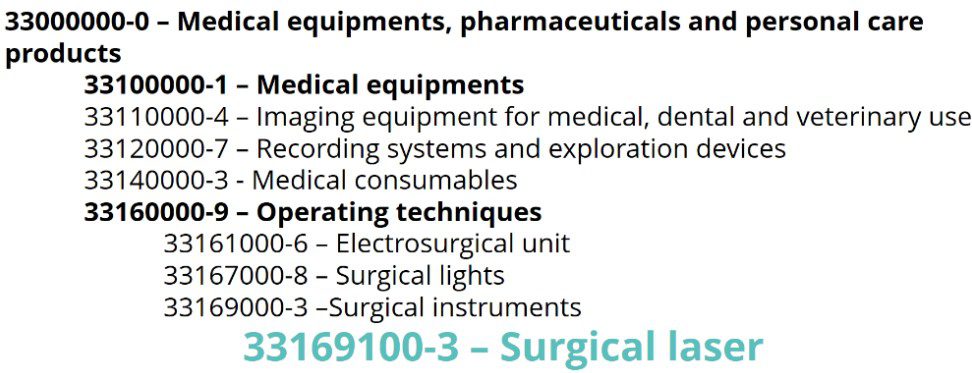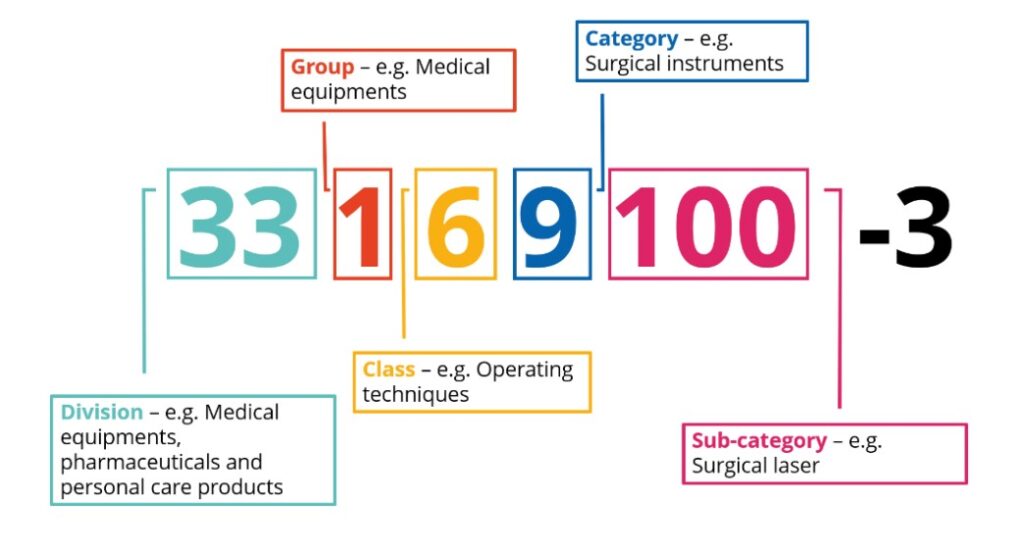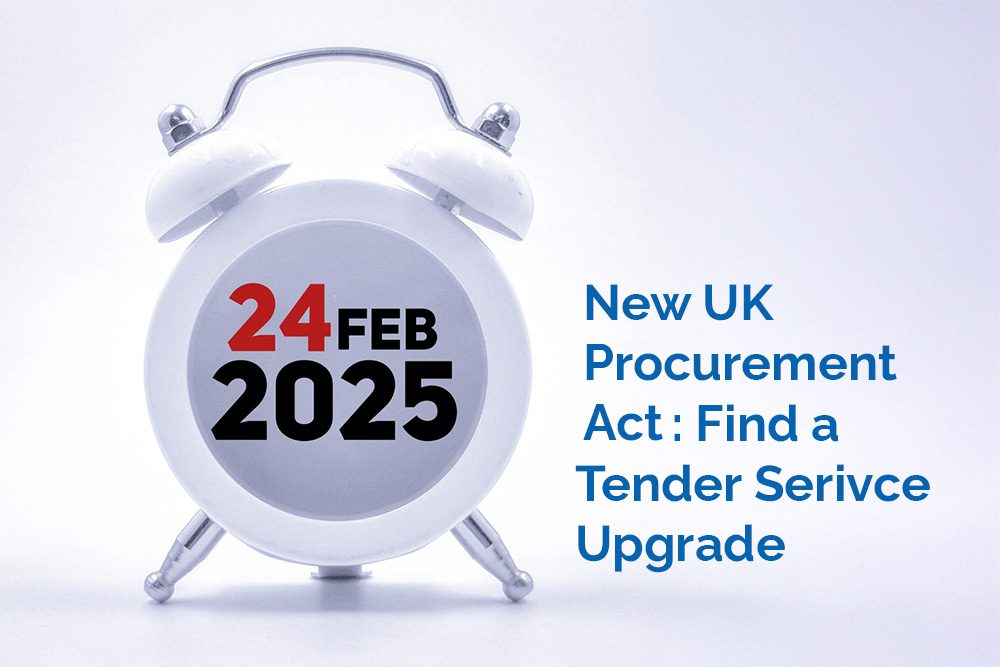In any public bidding environment, it is tempting to resort to a ‘Bid for Everything’ mentality. But this puts undue pressure on your bid teams, limiting time spent on individual tenders and reducing response quality and win probabilities.
In this article, we look at smart ways to identify and choose your best-fit high value tender opportunities. We review public procurement portals and the use of search criteria and other ways to better target and manage your pursuit activities.
Before we do that let’s look at the importance of implementing a well-defined bid strategy aligned to your business goals.
Strategic Focus
With challenging sales targets, pushing through numerous speculative tenders is tempting for a pursuit team. However, this deflects your bid team’s full attention from developing high quality submissions for best fit opportunities.
Miss-matched submissions are unlikely to score highly and result in lower win rates. In the event they do win, your business may find itself in a strategically miss-aligned high-risk contract, with potential negative impacts on company objectives, profits and brand reputation.
It is therefore imperative to ensure your search criteria is aligned with business strategies and focused on your goals and objectives.
Public Procurement Portals
Under public procurement regulations, the majority of high value public sector or publicly funded contracts are required to be publicly advertised and go through a competitive tender process.
Hence any business targeting these types of contracts can easily access tender notices through online Public Procurement Portals such as TED EU and Find A Tender Service UK.
Please also note: As of 24th February 2025 UK public procurement will no longer be following Eu Regulations, but a new set of rules and procedures under the UK Procurement Act 2023. Please read The New UK Procurement Act: Changes & Supplier Benefits for more information. This will include an upgrade of the Find a Tender Service (same URL). You will need to re-register for this new service on or after 24th February.
Contract notices can also be found on individual organisation or government agency websites and other sector specific portals such health and defense.
Top 15 Public Procurement Portals
- Find a Tender Service (FTS) – UK Government
- Sell2Wales – Welsh Government
- Public Contracts Scotland – Scottish Government
- eSourcing NI – North Ireland Government
- TED EU – European Union
- EIB – The European Investment Bank
- SAM – United States Government
- Buyandsell.gc.ca – Canadian Government
- IADB – The Inter-American Development Bank
- The World Bank Procurement Notices – World Bank
- AUSTender – Australian Government
- ADB – The Asian Development Bank
- AFDB – The African Development Bank
- AIIB – The Asian Infrastructure Investment Bank
- UNPD – United Nations Procurement Division
Let’s take a more detailed look at the two most well-know and commonly used portals in the UK and Europe.
EU Tenders Electronic Daily (TED)
TED is the online version of the ‘Supplement to the Official Journal’, dedicated to public procurement advertising for the European Union and Economic Area.
TED publishes around 2,400 public procurement notices every day, Monday to Friday. This equates to some 746,000 procurement award notices per year, including 235,000 calls for tenders, with a value of approximately €545 billion.
Any contract within the EU above the stated value thresholds below must be advertised on TED.
Type of Contract Threshold
- Public works – €5,350,000
- Service contracts – €139,000
- Supplies contracts – €139,000
- Supplies and services in water, energy and transport sectors – €428,000
TED offers standard search criteria including country, region, business sector and CPV codes as well as more advanced customer searches.
In addition to TED eNotices the portal includes TED eTendering which provides free electronic access to detailed tender documents such as contractual requirements, technical specifications, annexes, questions and answers etc.
Find A Tender UK
Post-Brexit and as of 1 January 2021, the UK portal Find A Tender Service (FTS) replaces the use of TED EU for all high value UK contracts. An upgrade of the Find a Tender Service (same URL) is part of the new UK Procurement Act and will go live on 25 February. You will need to re-register for this new service on or after 25 February.
Tenders over £122.976 are required to be publicly advertised and published through this portal together with details of awarded contracts.
The portal allows you to search using various criteria such as keywords, procurement stage, notice type, industry (CPV Codes), contract location, value and date range. Wales, Scotland and Northern Ireland also have their own dedicated Public Procurement Portals.
Search Criteria
Procurement portals such as TED EU provide standardised search criteria such as:
- Business Opportunity (type of notice)
- Business Sector (CPV Codes)
- Place of Performance (NUTS)
- Buyer type
You may also have access to more advanced search criteria which allows sophisticated filtering of opportunities. These may include keywords, procurement value, language, notice status and date ranges etc.
Let’s take a more in-depth look at some of these search criteria and how they can be used to find your best fit opportunities.
NUTS Explained
Country or region is a good place to start.
TED EU for example, uses the Nomenclature of Territorial Units for Statistics (NUTS) classification. This was established by Eurostat to provide a single uniform breakdown of territorial units to produce regional statistics for the European Union.
From 1 January 2021 NUTS consist of:
- 104 regions at NUTS 1
- 283 regions at NUTS 2
- 1345 regions at NUTS 3
The Find a Tender Service UK uses all locations, region and postcode for more granular searches.
CPV Codes 101
Another critical classification used by EU and UK portals is CPV (Common Procurement Vocabulary) codes.
These provide a standardised vocabulary to help procurement teams classify their contract notices consistently and make it easier for suppliers and contracting authorities to find notices.
The use of CPV codes became mandatory in the European Union in 2006 and the version established in 2008 is still used today.
The main CPV codes are based on a tree structure consisting of codes of up to 9 digits associated with a wording that describes the type of supplies, works or services forming the subject of the contract.
- The first two digits identify the divisions (XX000000-Y)
- The first three digits identify the groups (XXX00000-Y)
- The first four digits identify the classes (XXXX0000-Y)
- The first five digits identify the categories (XXXXX000-Y)
- The last three digits gives a greater degree of precision within each category (00000XXX-Y)
- A ninth digit serves to verify the previous digits (00000000-Y).
Targeting CPV Codes
Understanding CPV codes will allow your Sales Team to be more focused in their identification of potential best-fit tender opportunities.
Using the full CPV code in your search criteria can allow you to match specifically to your products and services as shown in the illustration below for Surgical Laser Instrumentation.
These can be classed straight away as your hot opportunities for high priority review.

Whilst CPV codes offer a logical solution with some 10,000 CPV codes available, it’s a complex entity.
This results in the full CPV codes rarely being used by procurement teams. Tenders may often be allocated with just the Division classification or Division and possibly Group, Class or Category.
FREE DOWNLOAD: Bid Management Best Practice CPV Codes Explained PDF.
CPV Classification Use Analysis
We decided to put this to the test and undertook some analysis on the extent of CPV classifications used on Tender Notices. We took 6 months of published Tender Notices from 1 January to 30 June 2021. We compared Europe and UK. As you can see it varies considerably, with only 45% of EU Notices and 33% of UK Notices classified to category or sub-category level.
| CPV Classification | EU Notices | UK Notices |
|---|---|---|
| Division | 17% | 34% |
| Group | 17% | 19% |
| Class | 20% | 13% |
| Category | 20% | 18% |
| Sub-Category | 25% | 15% |
Therefore, it’s important to include the higher level CPV codes within your search criteria to pick up on the more generic classifications. This will significantly increase the number of tender opportunities your Sales Team will be reviewing.
A further challenge is incorrect CPV codes being applied to tender and contract notices. Many procurement teams are unaware or do not fully understanding the system, so it is hardly surprising that a high number of opportunities are incorrectly coded and potentially missed by suppliers.
According to report published by the European Commission in 2017, of the EUR 450.21 billion estimated annual value of published procurement notices in TED, an estimated 16.5% were wrongly classified.
This is when it is critical to use other criteria in conjunction with CPV codes to reduce the risks associated with wrongly classified notices.
Watch our 5 minute video on CPV Codes below.
Using Keywords
Keywords provide another level of search criteria that can supplement your identified CPV codes. They can be as granular as you need in matching your products and services to potential contracts.
Keywords can help filter and refine the numerous notices that may result from searching at the Division level of CPV codes.
Monitoring and Review
It is imperative to regularly review and update your search criteria. This allows for changes to your strategic focus, such as a discontinuation of a product or service you previously supplied, a new target market or competitive opportunity.
Building in a level of data analysis to retrospectively assess CPV codes and key word searches for historic tenders can also provide deeper insight. For example, understanding how Procurement Bodies commonly set classification for their tender and contracts notices. This will help you better steer and refine your search criteria to optimise opportunities.
Smarter Opportunity Management
Whatever criteria you decide to use to search on, some level of automation is usually adopted by Sales Teams to identify and qualify tender opportunities.
In its simplest form businesses can sign up to receive notices direct from Procurement Portals. This will involve manual work in trawling though your email inbox qualifying opportunities, time consuming and frustrating work especially if you have not set well defined search criteria.
Third-party aggregators may prove helpful and make this process more manageable, taking on the task of tender identification and sending you direct alerts. But these are still delivered into your email and then require further manual action.
However, there is a third option and that is to use software, such as TenderEyes, which provides an end-to-end bid management solution. The TenderEyes Opportunities Manager module integrates with some 35 plus Public Procurement Portals and uses CPV codes to search and filter in opportunities and then keywords to filter out opportunities not aligned to your strategic focus.
This automated process reduces time spent by your Sales Teams filtering out speculative tender opportunities and ensure a consistent qualification approach across the business. The whole Sales process can be easily manged within the solution and qualified opportunities seamlessly handed over to the Bid Team for action once approval give to proceed.









